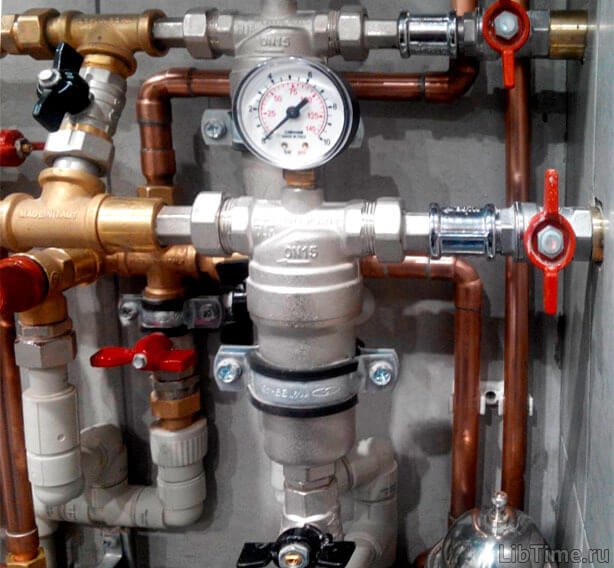Temperature measurement
Temperature is a key process parameter that in many cases determines the quality of products manufactured by processing companies.
Almost every technological process involves heat treatment of raw materials or products, which requires accurate temperature measurement. Today, dozens of temperature measurement methods are used in various fields of science and industry. 
To measure temperature, it is necessary to have not only a unit of measurement, but also a scale on which the temperature measurement result is determined. GOST 26156-75 provides for the use of two temperature scales for temperature measurement: thermodynamic and international practical.
The International Practical Temperature Scale (IPTS) coincides with the TTS with such accuracy that can be experimentally reproduced. Currently, the IPST 68 scale is in use, and a more accurate IPST 90 scale has been developed. To maintain the compatibility of the thermodynamic and hundred-degree Celsius temperature scales, the temperature gap between the points of ice melting and water boiling was left at 100°.
Numerical values of temperature are equally expressed in both Kelvin (K) and degrees Celsius (°C), but have a different origin. They are related by the following relationship: T = t +273.15, where T is the thermodynamic temperature, K; t is the temperature in MPTS-68, °C.
In the United States and other English-speaking countries, it is customary to measure temperature on the Fahrenheit scale, with tF=1.8t+32; t=5/9(tF-32).
Temperature measurement methods can be divided into two groups: contact and non-contact. Depending on the principle of operation, industrial temperature measuring devices are divided into the following measurement groups: expansion thermometers, manometric thermometers; resistance thermocouples, thermoelectric converters, pyrometers. Pyrometers measure temperature using a non-contact method.


